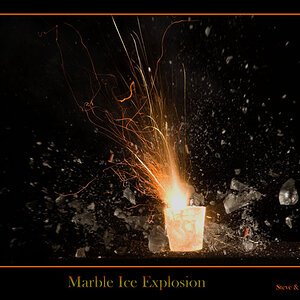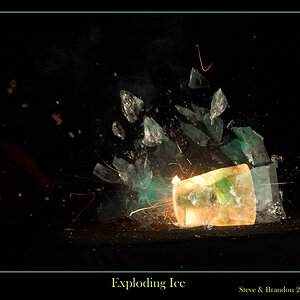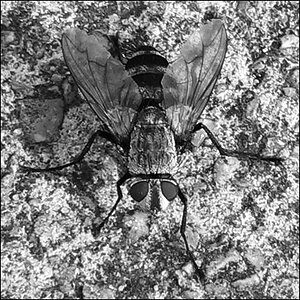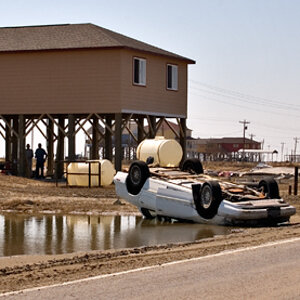nealjpage
multi format master in a film geek package
- Joined
- Sep 16, 2005
- Messages
- 3,479
- Reaction score
- 1
- Location
- Oregon
- Website
- www.myspace.com
- Can others edit my Photos
- Photos OK to edit
I've looked through the archieves to find the answer, but I couldn't find it. So I'm going to ask a question that I'm sure has been asked a billion times. *takes a deep breath* What is the process for "pushing" film? I understand that you trick, for lack of a better word, the film into thinking it's faster then it really is, right? So how do I do it?
Pretend I'm at a concert and I've got a fresh roll of Neopan 400 to load into my K1000. It's kinda dark and smokey in the bar and the lights from the stage don't really help me out much. With the camera set at 400, the shutter speed slowed way down, and the apeture all the way open, the light meter barely moves. What do I do? Do I set the camera's film speed selector to 400 or do I set it to something higher, like 1600? This is the part that I just can't wrap my head around.:greenpbl: At least not yet.
From there, I think I got it. I look up the time and temp for Neopan 1600 and develop like it's 1600 speed film, right? Or is that wrong?
Thanks for listening to my question. I suppose I should take a class or buy a book, but I haven't. I just know that my film is capable of doing more and I'd like to take every advantage of it. So any advice I could get on the issue would be greatly appreciated.
I just know that my film is capable of doing more and I'd like to take every advantage of it. So any advice I could get on the issue would be greatly appreciated.
Pretend I'm at a concert and I've got a fresh roll of Neopan 400 to load into my K1000. It's kinda dark and smokey in the bar and the lights from the stage don't really help me out much. With the camera set at 400, the shutter speed slowed way down, and the apeture all the way open, the light meter barely moves. What do I do? Do I set the camera's film speed selector to 400 or do I set it to something higher, like 1600? This is the part that I just can't wrap my head around.:greenpbl: At least not yet.
From there, I think I got it. I look up the time and temp for Neopan 1600 and develop like it's 1600 speed film, right? Or is that wrong?
Thanks for listening to my question. I suppose I should take a class or buy a book, but I haven't.













![[No title]](/data/xfmg/thumbnail/34/34065-43f99c081a04bd087c00711d2fe010ee.jpg?1619736261)